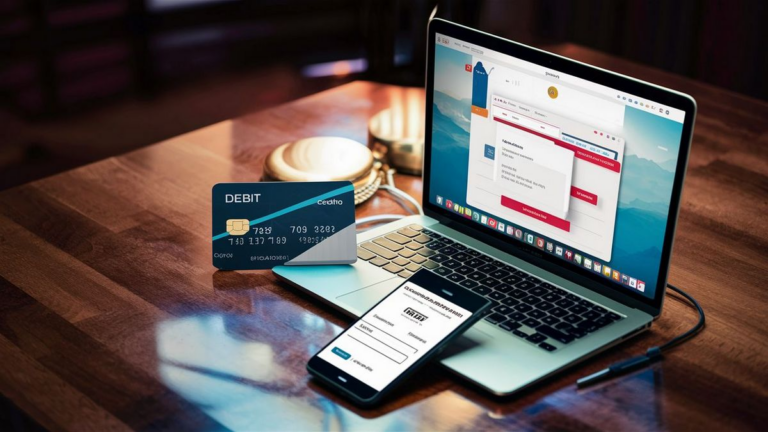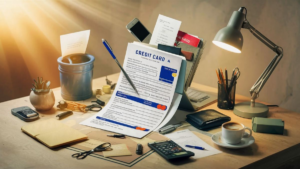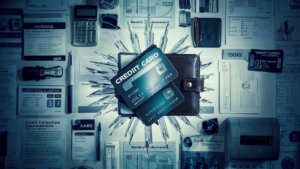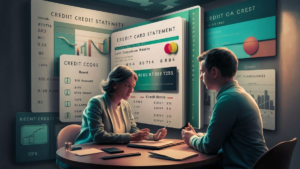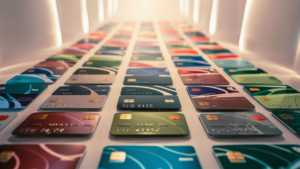Debit cards have become an integral part of our daily financial transactions, offering convenience and security. Utilizing your debit card for online payments opens up a world of possibilities for shopping, bill payments, and various other transactions. In this comprehensive guide, we will delve into the intricacies of using your debit card effectively and securely for online payments.
Understanding Your Debit Card
Before venturing into online payments, it’s crucial to understand the fundamentals of your debit card. Unlike credit cards, which allow you to borrow money up to a certain limit, a debit card draws funds directly from your checking account. It’s essentially a plastic version of writing a check or making a cash withdrawal.
Ensuring Security
Security should be your top priority when using your debit card online. Here are some essential tips to keep your transactions secure:
- Only use your debit card on trusted websites with secure payment gateways. Look for HTTPS in the website URL and a padlock icon in the address bar.
- Regularly monitor your account activity to detect any unauthorized transactions promptly.
- Avoid sharing your card details, PIN, or CVV (Card Verification Value) with anyone.
- Consider using two-factor authentication where available for an added layer of security.
Initiating Online Payments
Now that you’re familiar with the security measures, let’s walk through the process of making online payments with your debit card:
Step 1: Selecting Your Items
Browse through the website and add the desired items to your shopping cart.
Step 2: Proceed to Checkout
Once you’re ready to make a payment, proceed to the checkout page.
Step 3: Enter Billing Information
Fill in your billing details accurately, including your name, billing address, and contact information.
Step 4: Choose Payment Method
At this stage, select the debit card option as your preferred payment method.
Step 5: Enter Card Details
Enter your debit card number, expiration date, and CVV as prompted.
Step 6: Verify Transaction
Review the transaction details carefully before confirming the payment.
Step 7: Confirmation
Upon successful verification, you’ll receive a confirmation message, and the payment will be processed.
Additional Tips
Here are some additional tips to optimize your online payment experience:
- Regularly update your debit card information to ensure seamless transactions.
- Consider using virtual debit cards for added security, especially for one-time transactions.
- Keep your device’s software and antivirus programs up to date to safeguard against cyber threats.
Mastering the art of using your debit card for online payments opens up a world of convenience and possibilities. By following the steps outlined in this guide and implementing the recommended security measures, you can enjoy hassle-free online transactions with peace of mind.
Frequently Asked Questions
Here are some common questions users have about using debit cards for online payments:
| Question | Answer |
|---|---|
| 1. Is it safe to use a debit card for online payments? | Yes, it can be safe if you follow proper security measures such as using trusted websites, monitoring your account activity, and not sharing sensitive information. |
| 2. How do I know if a website is secure for making online payments? | Look for HTTPS in the website URL and a padlock icon in the address bar. These indicate that the website has encryption and a secure payment gateway. |
| 3. What should I do if I notice unauthorized transactions on my account? | Contact your bank immediately to report the unauthorized transactions and take necessary steps to secure your account. |
| 4. Can I use my debit card for international online purchases? | Yes, but be aware of any foreign transaction fees that may apply. Check with your bank regarding their policies and fees for international transactions. |
Optimizing Security
Enhancing the security of your online transactions is crucial for safeguarding your financial information. Consider these additional measures:
- Enable transaction notifications through your bank’s mobile app or SMS alerts to stay informed about any activity on your account.
- Avoid using public Wi-Fi networks when making online payments, as they can be susceptible to hackers.
- Regularly review and update your passwords for online accounts associated with your debit card.
See also:

